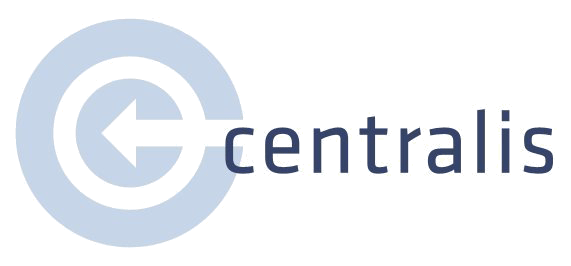Home > What We Offer > Generative Research > Workflow Analysis
Optimize your product to support your customers’ work.
Workflow analysis documents the key processes that your users complete in the course of their work. Focusing on procedures within organizations, we highlight redundant tasks and identify ways to streamline internal procedures. Centralis uses an optimal lineup of research methods, from retrospective interviews to contextual inquiry, to understand where your offering succeeds and where it falls short of meeting user needs and desires, keeping your business goals at the forefront of our analysis.
We help answer questions like:
How can we help users be more efficient in their work?
How can we improve users’ satisfaction with their jobs?
Where are the pain points, and how can we fix them?
What features are missing from our product?
Which features are unused or underused?
How can we streamline our product to satisfy users and surpass our competition?
What can I expect from workflow analysis with Centralis?
We leave no stone unturned in our analysis of your users’ processes and behaviors.
Detailed Analysis
We go through every step (and micro-step) with a fine-toothed comb to understand what people need to be successful.
Clear Illustration
The final deliverable will visualize key activities by user type, illustrating their successes, pain points, and ideas for innovation.
Business Partnership
We learn your system and business as if it were our own, so we can understand how to make your core processes work for you and your users.
Concrete Recommendations
We are both researchers and designers, which ensures our final recommendations will be grounded in both evidence and design best practices.
together in a way that makes sense. It’s really actionable."
- Centralis Client
FAQs about Workflow Analysis
What is workflow analysis?
A workflow analysis outlines all the steps and micro-steps involved in completing a task or accomplishing a goal. For example, a workflow analysis for cooking pasta might include boiling water, adding salt and noodles, straining the pot, and adding sauce. They can be used to improve any process, although they are most commonly focused on business processes and procedures.
How do you do the research?
We observe your users and processes in real time, immersing ourselves in the necessary environment to gather even the smallest details about how people do the task at hand. We’re also comfortable and experienced running these studies remotely and/or conducting retrospective interviews to gather information on processes that would be impossible to observe in real time due to security or privacy concerns.
What can I learn from workflow analysis?
A workflow analysis reveals where processes are inefficient, where people have invented workarounds to compensate for deficiencies in their tools, and generally how to improve your product. The end goal of workflow analysis is to uncover opportunities to make users happy and more efficient as they accomplish their goals.
What deliverable will I receive?
It depends on the nature of the research, and what your team needs. We might create something akin to a journey map, or a set of personas if we discover key groupings among your users. Whatever we decide on together, it will provide the rich context you need to meet your business goals.
More questions about workflow analysis?
Workflow Analysis in Action
Case Study: From Green Screen to GUI
Friedman Corporation wanted to upgrade their outdated Frontier software to a new graphical user interface. They turned to Centralis to uncover users’ needs, understand existing workflows, and design a flexible and appealing solution that would work in a variety of settings for a range of customer types.
Why Centralis
We have over 20 years of experience and the numbers to prove it:
- Centralis Client









